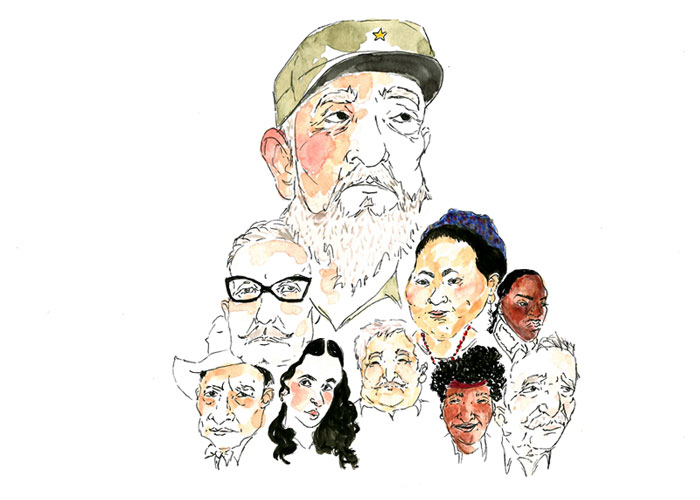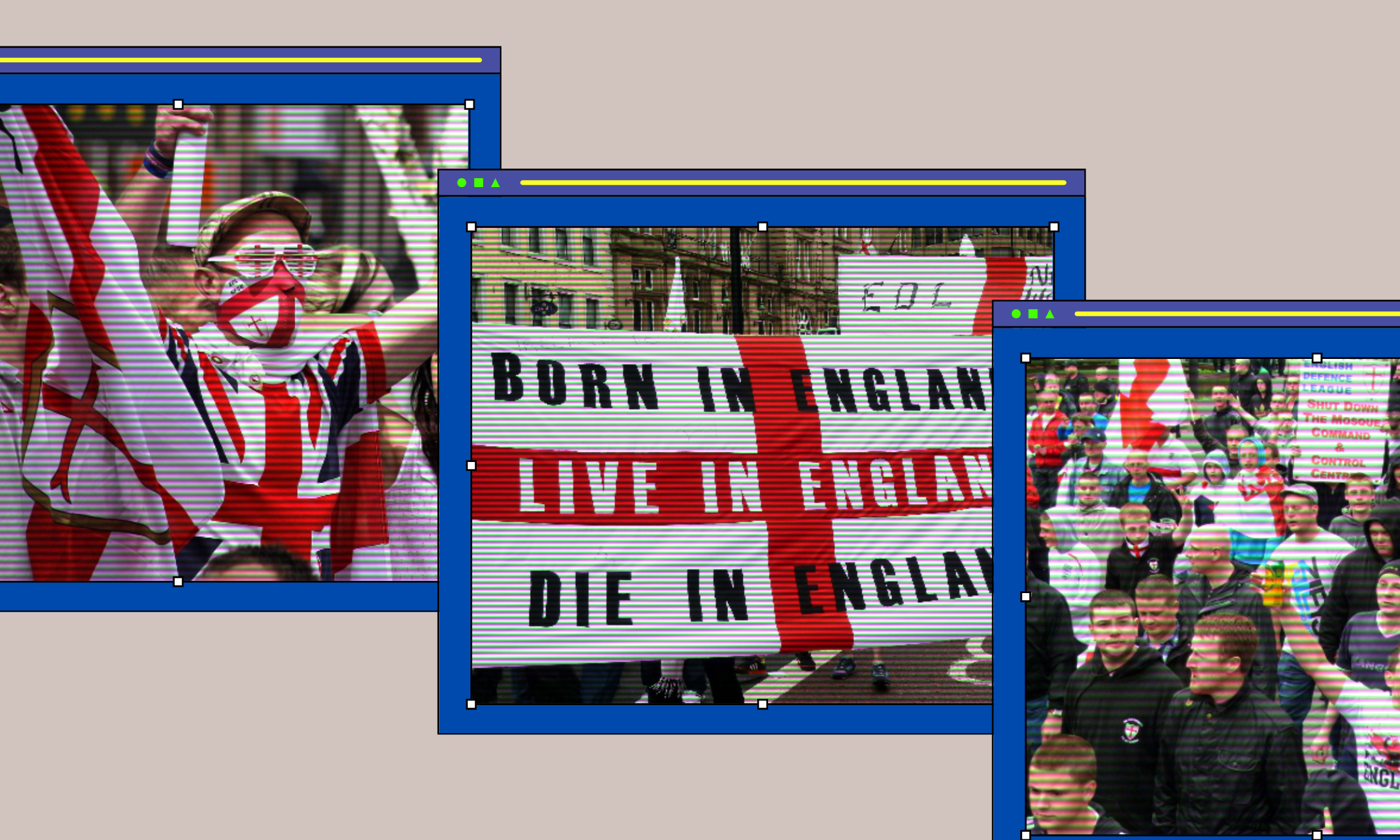
To some he was a beacon of resistance against American imperialism and a voice of the masses, while to others he was a murderer and oppressor. Fidel Castro’s greatest achievement, on top of overthrowing a corrupt, repressive, American-backed dictator, Fulgencio Batista, was the model of both healthcare and educational systems provided to all Cubans, which will remain a great example to the world. Scars left behind by the Cuban revolution, borne by displaced families torn apart by ideology or persecuted LGBT people, are examples of what leave Castro’s legacy strained.
Castro stood up for the poor masses of the developing world at a period in history when no other individual did so. His legacy lies in representing Latin America’s appeal to a left-wing political agenda and defiance against western intervention(particularly American intervention, which is ironic to be writing about at the moment when the CIA is protesting a president who has been installed through the intervention of a foreign power.) It would be a shame to think that a continent so vast and with such a rich history of colonialism, slavery, poverty, foreign intervention and violence does not have its fair share of leaders through the ages who similarly advocated for change. With so much talk around Castro after his recent death, it is important not to forget those who inspired him, paved the way for revolution, or continue to do so. So here is a small list of some of the men and women who have embarked on a path to a better Latin America:
Motivated by the Enlightenment thinkers of the French Revolution, the free people of colour in Haiti sought an expansion of their rights. Initially reliant on the support of the Spanish, and with the great Toussaint Louverture as their leader, a rebel army inspired slave revolts around Saint-Domingue which eventually led to France abolishing slavery in all their overseas colonies in 1791. After such progress, Louverture’s army agreed to fighting in alliance with the French, together ridding Saint-Domingue of a Spanish threat. After a costly and humiliating failure, British troops would also withdraw from the island. By 1803, Napoleon agreed to grant Haiti its independence. In short: the Haitian army defeated three of the biggest empires of the time. The Haitian Revolution began the decline of the slave trade, with Britain following suit as France was no longer an economic threat. Liberty and equality were values held by Louverture and the Haitians, whereas the French revolutionaries did not apply these values equally to all their colonial “possessions”. The Haitians did not wait on the French Revolution to push forward reform – they themselves were catalysts. Louverture and Haitian independence inspired enslaved people throughout the Caribbean to fight for their freedom. Haiti was the first post-colonial black-led nation in the world.
Augusto César Sandino was the leader of a rebellion against US military occupation of Nicaragua between 1927-1933. Opposing domination from wealthy elites and foreigners, Sandino was eventually assassinated in 1934 by the National Guard forces of General Somoza García, who went on to seize power in a coup backed by the United States. Sandino’s legacy largely lives on through his speeches about Latin American unity, foreign intervention, patriotism, sovereignty, the working class and peasant farmers. “We will go toward the sun of liberty or to death; and if we die, our cause will live on. Others will follow,” Sandino said in 1927. The Sandinista National Liberation Front, a democratic socialist political party, named after and inspired by Sandino, overthrew Anastasio Somoza (General Somoza’s son) in 1979 after a regime which lasted for more than 40 years. Idolized by other leftists in Latin America, Sandino’s brand of guerrilla warfare was also used by other revolutionaries such as Castro.
Policarpa Salavarrieta is considered a heroine of Colombian independence. When Spain began to recover from its war against Napoleon, forces were sent to the “New World” to suppress any ongoing independence movements. The Spanish soon gained control of Bogotá, the capital of New Grenada (modern-day Colombia). Salavarrieta and her brother, both strong patriots, entered the city with false documents under the pretence that they would be working as servants in a house that was in fact the secret headquarters of the resistance. Offering work as a seamstress in various royalist homes, she listened in on crucial conversations – a skill we are all pretty good at but rarely use it as a force for good. She was able to reveal all sorts of information to the rebels in order to further their cause. Keeping herself extra busy, her and her brother also recruited men to the revolutionary army. In 1817 two brothers belonging to the rebel side were caught carrying compromising documents and were captured by the royalists. Salavarrieta’s involvement was revealed and she was sentenced to death. Colombian independence was officially recognized in 1819. November 14th, the anniversary of Salavarrieta’s death, is celebrated in Colombia as Day of the Colombian Woman.
Salvador Allende served as the first democratically elected Marxist candidate for national presidency in the world. Coming into office at a time of economic crisis in Chile, Allende quickly took steps to reform the education and health systems along with increasing wages and freezing prices. He nationalized many large-scale industries and expropriated American-owned copper industries without compensation. Too bold a move for an already super controversial figure, in September of 1973, a successful coup led by General Pinochet and sponsored by the CIA overthrew Allende’s government. Minutes before the presidential palace was to be bombarded, Allende shot himself in the jaw with a rifle which had an engraving that read: “To Salvador Allende, from your comrade-in-arms, Fidel Castro,” – an incredibly symbolic gesture. Allende’s legacy is remembered as that of a man who strongly believed that a move towards socialism must be done by winning elections and changing the system from within. He continues to be a symbol for a peaceful and democratic struggle for a fairer society, and an enduring inspiration for the left.
Lélia Gonzalez was a Brazilian professor of anthropology. As a school teacher during the military dictatorship in the 60’s, Gonzalez aimed to create a space for her students to resist and criticise political and social elements of Brazilian society, an extremely risky move at a time of so much persecution. Years later, as an Afro-Latina lecturer at Pontifícia Universidade Católica of Rio de Janeiro, Gonzalez dedicated her time to studying the relationship between gender and race. She published two books along with countless articles and essays about black women and feminism in Brazil. Time and time again Gonzalez attributed the Africanisation of Brazilian culture to the black mother, who exercised her maternal duties for the greater good of a widely mixed society. Her ultimate goal was to bring the demands of Afro-Brazilians into broader political struggles. While Brazil still has a very long way to go in terms of racial struggle, particularly in the lives of black women, Gonzalez and her work made a big contribution to social and political change in the country.
Colombian writer Gabriel García Márquez was one of the leading figures of the Latin American Boom (during the 1960s-70s, when writers of the region received international recognition) and was the winner of the 1982 Nobel Prize in Literature. Some of his works include novels of magical realism such as One Hundred Years of Solitude, Love in the Time of Cholera and Chronicle of a Death Foretold. Márquez received a mass audience through his melancholic tales of a wondrous Latin America. He claimed his writing came easily to him through Latin America’s history of barbarous dictators, romantic revolutionaries, long years of hunger, illness and violence. Although he did not invent magical realism per se, Márquez perfected it. His writing makes me feel like maybe I too waited fifty years, nine months, and four days to profess my love to my childhood sweetheart, or that I also came face to face with a firing squad at least once. Except that in reality I’m 21 and live in north-west Glasgow and taking the subway is a wild experience for me. A close friend and supporter of Castro, who would read his manuscripts for grammatical and factual mistakes before it was sent off to a publisher, Marquez’s legacy legacy lives on.
Writing a list on Latin American leaders and trying really hard to include a badass gal because we deserve just as much love has proven extremely difficult. Rigoberta Menchú was the only woman that seemed to be recognized on a global scale in the generic lists of revolutionaries I based my initial research on. Her social reform activities began when she was just a teenager, advocating for greater women’s rights in Guatemala. Due to a growing Civil War, which lasted 36 years, Menchú dedicated her time to educating the Indian peasant population in resistance to massive military oppression. Menchú’s entire family was tortured and killed during this time. Upon heading into exile, Menchú, with the help of a ghost writer published the biography titled I, Rigoberta Menchú, which drew international attention to the issues in Guatemala. The war ended in 1996, and Menchú campaigned to have members of the political and military establishments tried in Spanish courts, where many were charged with genocide of the Maya people of Guatemala. She won the Nobel Peace Prize in 1992 for her advocacy of indigenous rights and also ran for President of Guatemala in 2011. She is still active as a UNESCO Goodwill Ambassador and as one of the founders of the Nobel Women’s Initiative which, along with fellow female Nobel prize winners, has always looked to strengthen women’s rights globally.
José Mujica
José Mujica was president of Uruguay from 2010-2015. Fighting for the Tupamaros guerrilla group in his youth until a military dictatorship saw him imprisoned for 13 years, Mujica had experienced his fair share of violence. Today, he is generally regarded as the “world’s most radical president” due to his unique, in comparison to other leaders, lifestyle. Mujica introduced the world’s most innovative cannabis legislation, along with gay marriage and legal abortion to Uruguay. Affectionately known as “El Pepe”, Mujica is a vegetarian who drives a 25 year old Volkswagen Beetle, lives in a small farmhouse instead of the presidential palace, and donates 90% of his salary to charities which benefit poor families and small entrepreneurs. Mujica adopted two stray dogs (one who only has three legs) and this, combined with all previously mentioned facts, makes him the single coolest guy I wish I knew. He describes himself as a left-wing libertarian, but to many he is the president everyone wishes they had.
So there you have it… Latin America is more than just a sassy, socialist leader with excellent facial hair. And credit must be given where it is due, for an area of the world a long history of struggle, time has shown us that change will and must continue to come.
Image by Sharese Suriel – www.sharesesuriel.com

Britain’s policing was built on racism. Abolition is unavoidable

How Pakistan’s Khwaja Sira and transgender communities are fearing and fighting for their futures

Their anti-rape performance went viral globally. Now what?




